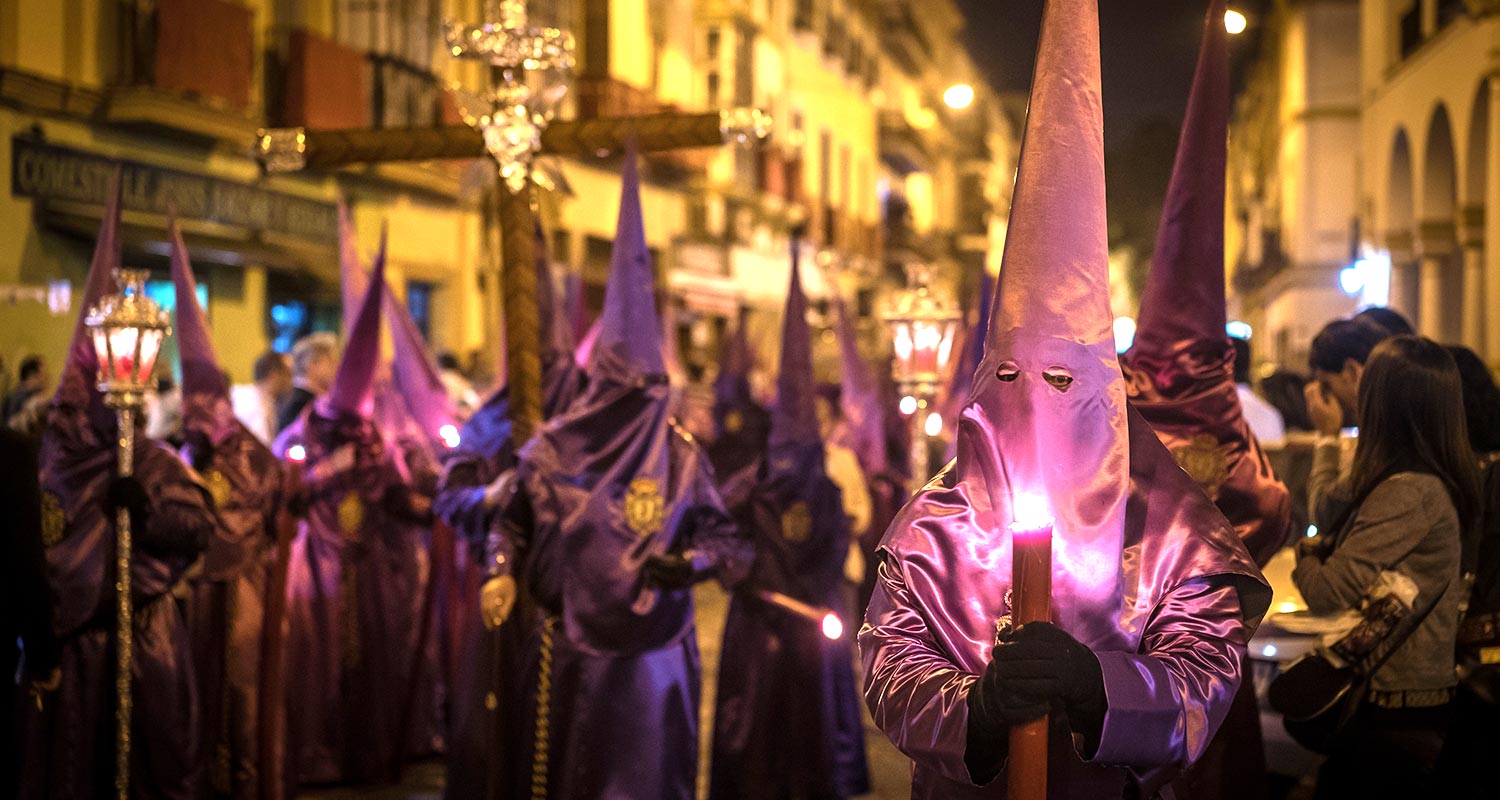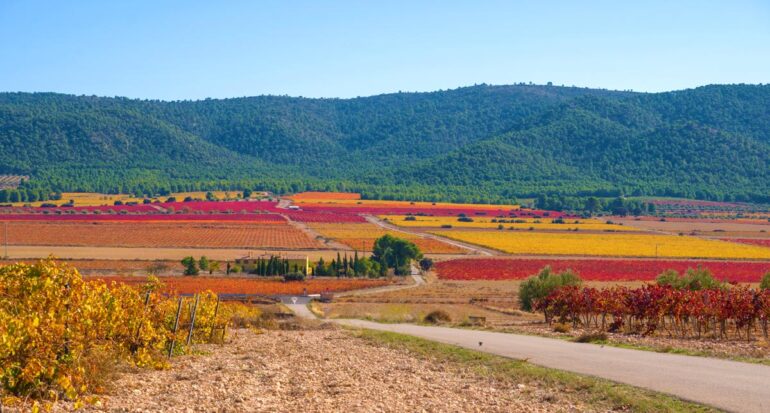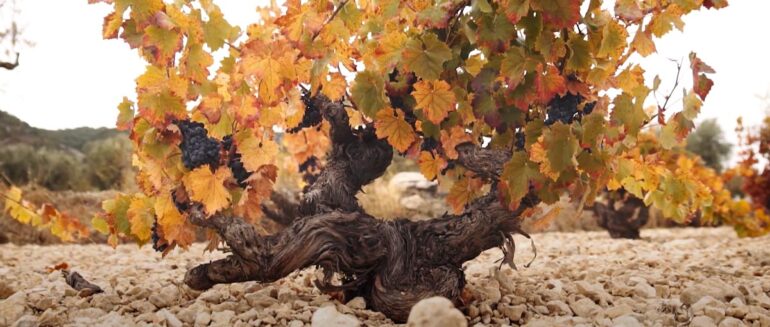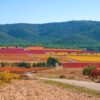Listeners:
Top listeners:
00:00
00:00
volume_up
chevron_left
-
 play_arrow
play_arrow
Costa Blanca Radio The Sound Of The Costa
-
 play_arrow
play_arrow
FeelGood Radio The Sound Of The Costa
music_note

share
close
If you’d asked me a few years ago what I associated with Easter, I probably would’ve mumbled something about chocolate eggs, brunch at my parents’ place, and maybe a trip to IKEA on Easter Monday. But since moving to Spain, Easter has become something entirely different. Here, Semana Santa doesn’t start with bunnies — it starts with drums. Big ones. The kind you feel pounding in your chest.
Semana Santa — Holy Week — is not a cheerful family celebration with decorated branches. It’s a deeply rooted tradition where religion, culture, and raw emotion collide. And especially in Andalusia, it’s an experience you won’t forget anytime soon.
Personal tip: Want to truly experience it? Head to Seville or Córdoba on Maundy Thursday (10 April) or Good Friday (18 April). Bring tissues. And comfortable shoes.
Chill-inducing processions
The first time I witnessed a procession, I was completely overwhelmed. Thousands of people in the streets, an almost sacred silence, and then suddenly, a slow, solemn parade of men in pointed hoods (yes, you’ll have to separate that image from what you might think) carrying a giant statue of a saint on their shoulders. The air is thick with incense, and somewhere from a balcony, someone sings a saeta—a raw, emotional, almost sobbing song, no microphone, but you hear it. And you feel it.
Every city has its own character
In Málaga, Semana Santa is exuberant, almost theatrical. In Seville, it’s intense and awe-inspiring, with the famous hermandades (brotherhoods) walking the same routes they have for centuries. In smaller villages, it’s more modest and personal. But everywhere, one thing holds true: Semana Santa is not just an event — it’s a deeply rooted religious experience that connects generations.
Want to experience it for yourself? This is the moment.
Semana Santa 2025 begins on Palm Sunday, 13 April, and ends on Easter Sunday, 20 April. Whether you head to the big cities or stay in your local village, it’s worth taking the time to feel the silence in the streets, hear the rhythm of the drums, and immerse yourself in a Spanish ritual that goes beyond religion. It’s tradition. It’s emotion. It’s culture in its purest form.
Written by: Eva van Rijn
Catholic festivals Costa Lifestyle Cultural customs in Spain processions in Spain Semana Santa Semana Santa Andalusia Semana Santa Costa Blanca Spanisch traditions Spanish Easter Viva Cultura
Rate it
Similar posts
Search
Latest news
-
Recent Posts
© 2025 The Sound Of The Costa; All Rights Reserved







